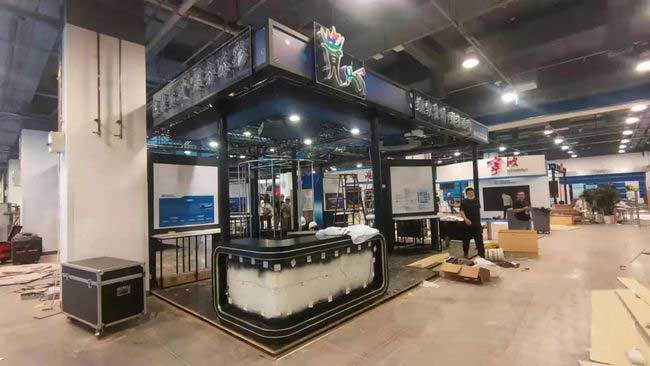Sensor technologies such as LiDAR can improve the volume measurement system through data-driven decision-making, and measure in real time, thereby realizing the complete digitization of the supply chain.
Why use LiDAR to measure the volume of materials? Accurate three-dimensional reconstruction and volume calculation are essential in many applications, such as the terrain assessment of buildings and the amount of materials removed from mines or stored in warehouses. Many non-contact sensors, such as single-point lasers, are useful in certain situations, usually for level measurement or object counting. However, for volume measurement, the entire surface needs to be scanned to detect changes in the material accumulation surface. In contrast, a single-point laser can only measure one point, and multiple measurements can yield the same information. 3D LiDAR can scan the entire environment and generate accurate 3D point clouds containing millions of points. It can generate real-time spatial data on the surface of the object, accurate to the millimeter, and can detect all changes on the surface of the stacked material.
LiDAR can work in dark environments, while most optical reconstruction methods require ambient light. Lidar has a large detection field of view and can collect data from a safe distance. The installation of accurate volume measurement devices in the inventory management system helps reduce inventory errors and ensure on-demand delivery verification and timely delivery. LiDAR-based volume measurement can also achieve accurate production and material level tracking to prevent shortages and backlogs. Easily track supply and demand, and can manage inventory in multiple locations and record inventory history and inventory thresholds.

LiDAR measures volume and point cloud data
The LiDAR sensor generates a dense cloud of measurement points, and the data points are evenly distributed in the entire scene at a distance determined by the scanning parameters. The measurement data of most LiDAR applications (including volume measurement) can be exported as point data with intensity (XYZI). It can detect the XYZ coordinates of the material relative to the LiDAR and the intensity value directly related to the reflectivity of the scanned object, providing a view of the depth and reflectivity of the point cloud.
These values can then be used to calculate the volume of the storage material. XYZ values can generate minimum and maximum coordinate values on the three axes, thus giving a hexahedral volume containing all points. The intensity value can be used to detect irregularities on the surface of the material, making the volume reading very accurate.
Examples of LiDAR in volume measurement applications The measurement and monitoring of powder and scattered solid stocks is a challenge faced by many industries. The sensors used are usually mechanical or too simplistic to provide the complete information required for accurate liquid level monitoring and inventory management in real time. Single-point lasers and millimeter-wave radars cannot create a complete 3D surface map, and ultrasonic sensors are affected by the signal absorption of the storage material, signal noise and reflection, limited range, and high power requirements. This can lead to inaccurate data and high installation costs.
In contrast, 3D LiDAR is not limited by these problems. For example, a LiDAR-based volume measurement system can be implemented in a wood chip factory to measure the volume of wood chips produced. The sensor can be installed on a pole, on a tall machine such as a crane, or even on a drone. The multi-point scanning capability makes LiDAR ideal for measuring volume in the irregular terrain of the wood chip pile and will provide the average, highest and lowest levels detected. Since the detection does not require ambient light, it can be measured in real time even at night, which means that the manufacturer can operate the system 24/7.
This application can also be extended to construction sites, such as excavating earth to build foundations. Lidar can be used to measure the volume of excavated materials. These data are very useful because the volume of excavated material determines how much truck loading is required, which is of great help in improving the efficiency and reliability of the supply chain.
LiDAR records and measures the volume of log piles
It is a difficult task to accurately measure the ever-changing log pile with extremely narrow intermediate space. Traditionally, experts have been using a scaling method that not only depends on the type of tree, such as pine, cedar, or fir, and the quality, but also requires manual measurement of the length and diameter of the log. This cumbersome and outdated method can easily be replaced by LiDAR because LiDAR can generate log deck length and area in real time.
LiDAR can obtain accurate data in real time, helps to track inventory in real time, and provides simplified, cost-effective and safer laser measurement. In addition, the safety of the operator can be ensured because the device can be installed and used at a safe distance, with a measurement range of up to 250m.
Innovative applications of lidar help break through industrial boundaries
LiDAR can make industrial automation processes more efficient and cost-effective. Using LiDAR in volume measurement and inventory tracking applications can accurately measure the volume of materials in real time, which can bring unprecedented operational efficiency to enterprises.




